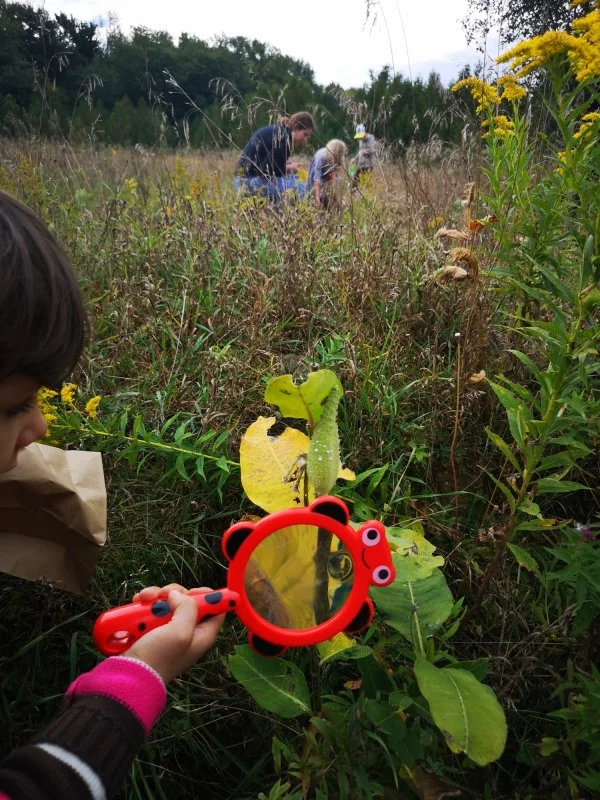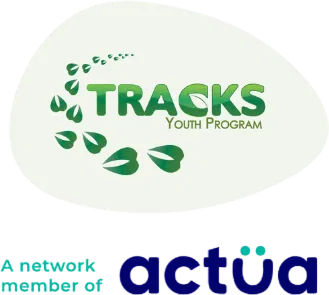Local Nature Connections

Nature Walk - Appreciation for the Trees
We are starting into the spring season and it is a time of many changes in nature. Go for a walk and see how many buds you can see on the different trees. See if you are able to identify any of the trees or plants, you can bring a plant id book with you or use a plant id app on your phone. Notice the different types of bark on the trees, why might this be? How many different kinds of bark can you find? How many different kinds of pinecones can you find? Going for a walk in the early spring is a great opportunity to discuss the diversity of plants in the area and the seasonal changes that take place this time of year.
Nature Scavenger Hunt in Jackson Park
Draw a star beside each one you can find and if you would like to you can even take a picture of it!
|
|
What other plants and animals can you find?
Creating a Sound Map
This activity is from the Big Book of Nature Activities by Drew Monkman and Jacob Rodenburg (2016) pg. 215Choose a site and time of day with a variety of natural sounds. Near a marsh can be a great place to go. Give each child an index card with an X in the center, tell them that the card is a map and the X is where they’ll be sitting. Each time they hear a sound, they should mark its location (direction and distance in relation to where they are sitting) and represent it with a symbol. They can cup their hands in front of and behind their ears to hear sounds from all directions. Listen for 5-10 minutes, depending on the variety of sounds and the age of participants. Encourage kids to share their maps with a partner, identifying both natural and human related sounds.
Questions to ask:
- How many different sounds did you hear?
- Which sounds did you particularly like?
- What sounds were new to you?
- Who/what may have made them?
- Which were natural and which were caused by humans?
Outdoor Mapping Activity
This activity is inspired by Glen Caradus, community educator in Peterborough. Create a map of Millenium Park, Del Crary Park, or of Peterborough. There are many animals that now live in urban spaces. Where do you think you would find animals in the Nogojiwanong/Peterborough area? Draw them on your map. Examples of animals you might find: Crow, robin, chickadee, blackbird, canada goose, red squirrel, grey squirrel, beaver, turtle, frog, skunk, porcupine, fish, ducks, fox, deer, etc. Try learning the anishinaabemowin words for the animals you choose. Some of these animals can be found in the Anishinaabemowin and Ojibwe colouring books we have posted links to as well.
Story of Flowers
The perfect time of year to enjoy this beautiful short film about flowers, how they grow and how they reseed. What flowers are you seeing in your neighbourhood these days? Take this opportunity to go for a walk around the block and talk about the wonder of plants.http://overgrowthesystem.org/stunning-short-animated-film-tells-story-flowers/?fbclid=IwAR0ox8ZtMbZJWyXgTbcreAyzC2yhLo6PHk9uA1NOrcJtykuWAqQU9yCEVpk
Treasure Map
For this activity, one person draws a map of the home, the yard or of the local park and then goes and hides an object somewhere within the boundaries of the map they just drew. They then mark an X where that object is and the other person needs to go try to find it by only using the map they have been given. This activity could be done between siblings or with the whole family!
Nature Notes
Our friend Jacob Rodenburg at Camp Kawartha is putting together some amazing short videos focused on land-based inquiry and learning. Learn about local birds, micro trails, how to use all of your senses, and more!! You can watch the videos at home, pick up some awesome new tips and pair these lessons with some outdoor exploration of your own.https://www.youtube.com/watch?v=qD1NtM4yqiE&list=PLtYCX9y_TG-IFZWca8KdDjt8I13p7sY14
